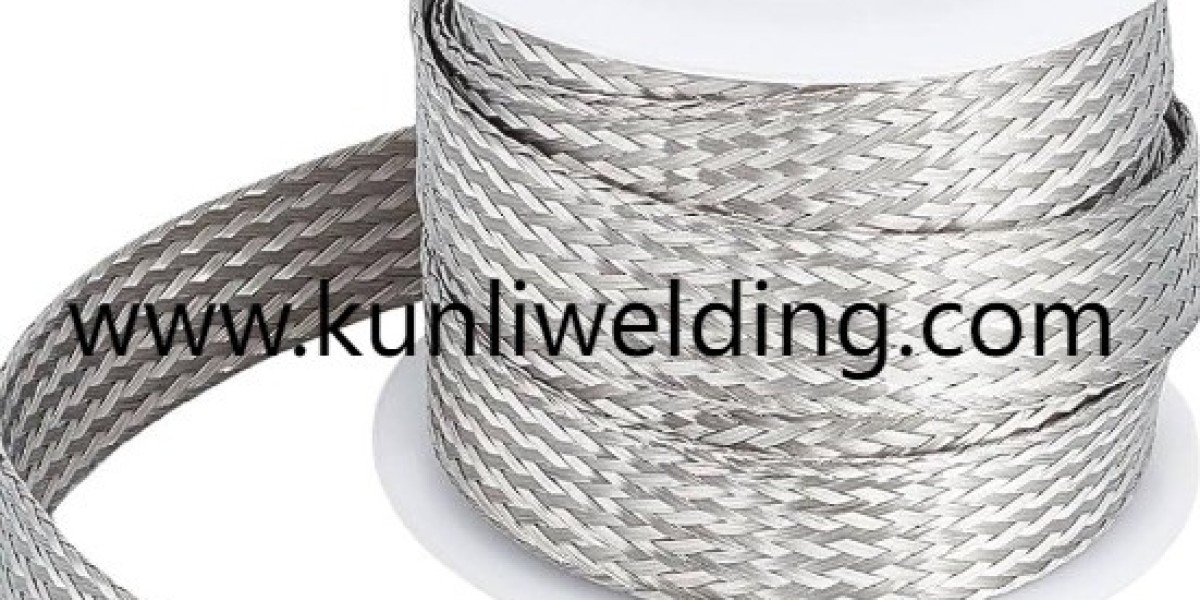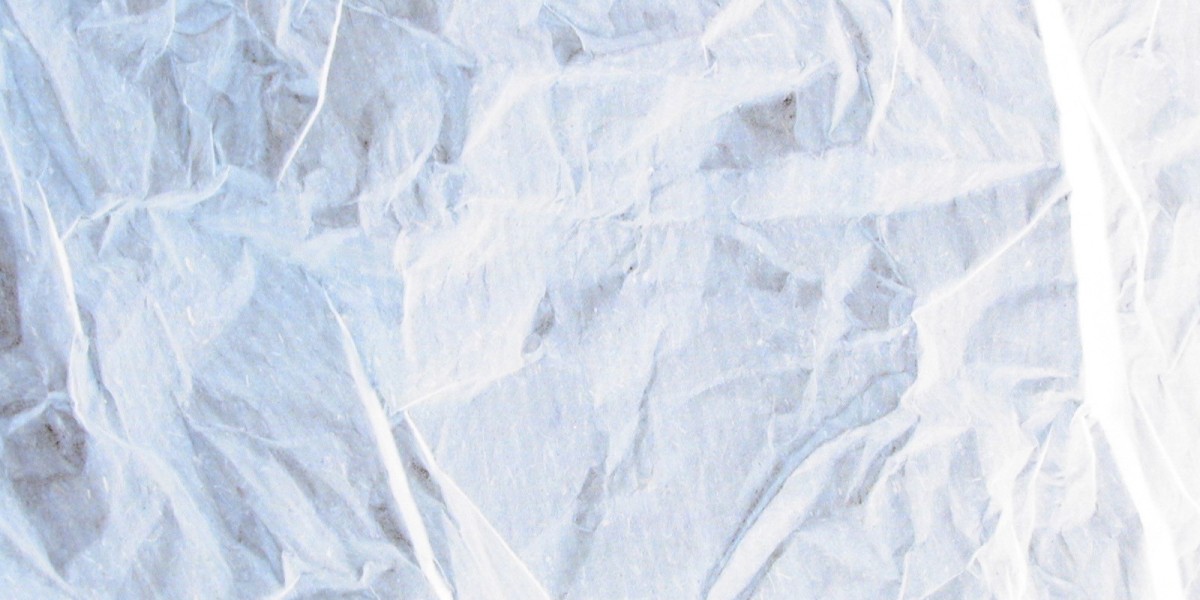In busy workshops where operators must switch between repair work and serial production, material flexibility is a practical advantage, which helps explain why Aluminum Welding Wire ER5356 often becomes a go to choice for many fabricators. Its balanced alloying and predictable puddle behavior let technicians move between TIG and MIG tasks with fewer setup changes, and that adaptability helps teams respond quickly to shifting project demands in sectors such as transport and coastal fabrication.
One clear reason ER5356 feels at home on the shop floor is handling. Welders report steady feed and an arc that is forgiving across joint types, which lowers the number of trial passes when crews switch from one assembly to the next. That steadiness shortens qualification loops and reduces the hours spent grinding and reworking seams, outcomes that matter when schedules are tight and public projects demand reliable delivery.
Corrosion resistance and aesthetic compatibility add to the wire's appeal. In applications where plated or anodized finishes are required, a filler that harmonizes with finishing steps lets fabricators minimize touch up and preserve surface appearance. In coastal and marine contexts where inspection access can be limited, a deposit that maintains ductility and resists localized corrosion reduces downtime for owners and supports longer inspection intervals.
Versatility extends to joint types and material families. Whether teams join thin wall panels or stitch thicker brackets, this filler's wetting behavior helps control distortion and bead profile. That predictability benefits both manual welders and automated cells, where consistent feed and repeatable puddle shape keep cycle times tight. Suppliers who publish recommended parameters and spool formats help shops translate that metallurgical versatility into dependable production practice.
Shop economics matter too. A single filler that handles a wide range of tasks reduces inventory complexity and the time crews spend swapping consumables. That reduction in changeovers lowers the chance of feeding errors and keeps operators focused on travel technique and joint fit up rather than on trial and error. When procurement places value on steady throughput as well as part quality, a versatile wire supports both aims.
Training benefits from consistency as well. New operators who learn puddle control and parameter ranges on a filler that behaves predictably gain confidence faster. Supervisors can standardize a short set of parameter sheets and feed practices that apply to many joint types, which shortens onboarding and helps multi shift shops hold seam appearance and mechanical expectations across teams.
Environmental and lifecycle conversations shape material choice today. When projects emphasize repairable design and lower material waste, a filler that enables durable welds and easier rework supports longer asset life and fewer part replacements. That alignment between fabrication practice and owner priorities strengthens the case for selecting a wire that balances weldability with deposit behavior.
Finally, pairing the right filler with clear supplier support closes the loop. When vendors supply sealed spools clear handling notes and suggested starting parameters, shops move from receipt to steady welding faster and with fewer surprises. That practical combination of product and guidance is why workshop teams often name this filler among their steady options. For product details packaging notes and suggested handling for this filler consult the manufacturer pages at www.kunliwelding.com .








